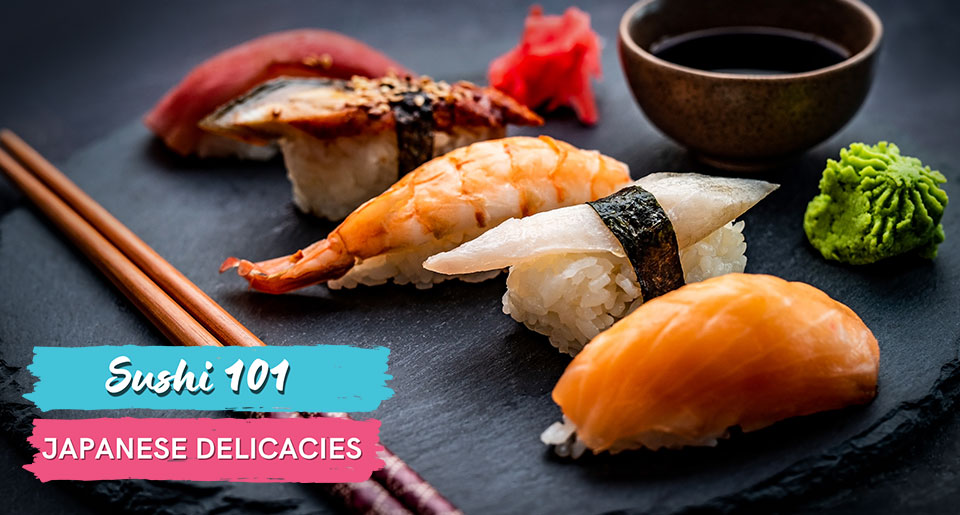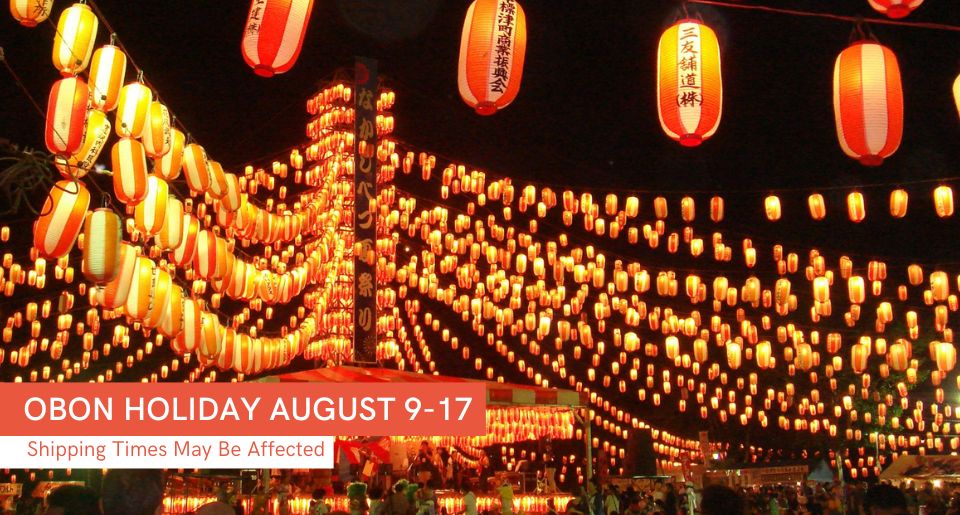Are you planning a trip to Japan and can't wait to delve into the captivating world of sushi? Well, strap the seaweed on, because I'm about to take you on a hunger inducing adventure through the origins, types, and etiquette of this world famous Japanese cuisine. Get ready to wake up your taste buds!
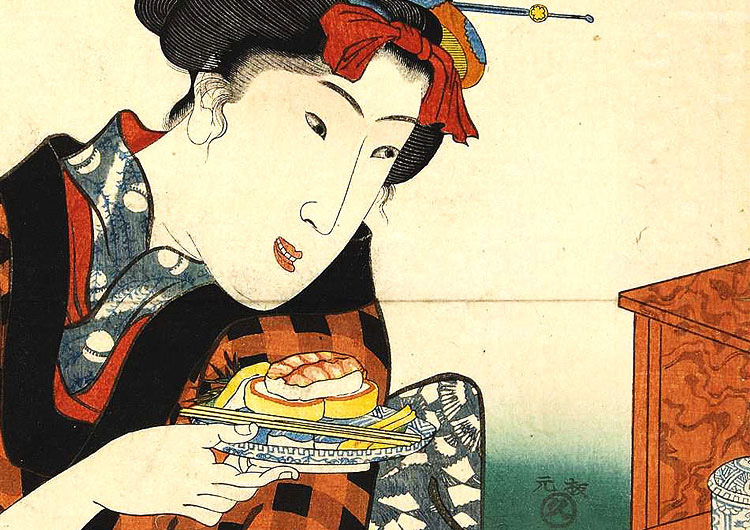
Sushi has been around for centuries, evolving from a humble and simple street food to a globally adored delicacy. Its origins can be traced back to the 7th century in Southeast Asia, where fish was first preserved by fermenting it with rice. This technique was later introduced to Japan, where it transformed into the sushi we know and love today.
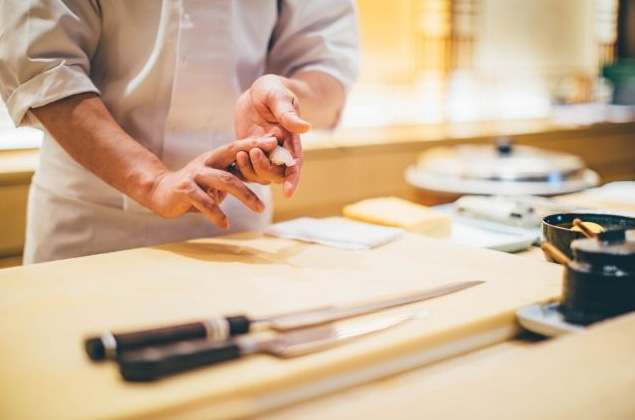
In Japanese culture, sushi goes beyond mere food—it's an art form. The craftsmanship and precision involved in creating sushi are deeply respected. When you sit down at a sushi bar in Japan, you're not just having a meal; you're experiencing a rich cultural tradition.
But sushi can also be an everyday kind of food. Elementary school kids eat it, teens go to kaiten sushi - the conveyor belt sushi chain stores - and adults buy it for lunch at the supermarket. Sushi doesn’t have to be a premium meal, because in Japan it’s very much part of everyday life.
So, be prepared to appreciate both the beauty and immense popularity of sushi as you indulge in its flavors.
Now, let's explore some of the most popular types of sushi you'll encounter during your culinary expedition in Japan:
Nigiri: The classic we all know, nigiri sushi is all about simplicity and letting the quality of the ingredients shine. A tiny mound of vinegared rice, perfectly formed by expert hands (or a nigiri machine depending on what shop you visit), the word comes from nigiru meaning to grip, grasp or roll a lump or rice in the hand.
On top of that rice, you'll find a slice of the freshest fish or seafood you can imagine. It's like a work of art, balancing the flavors of the tender fish and the seasoned rice. Imagine biting into a piece of melt-in-your-mouth salmon nigiri, or experiencing the delicate sweetness of amaebi (sweet shrimp) atop a pillow of sushi rice.
Top 5 Popular Nigiri Sushi in Japan
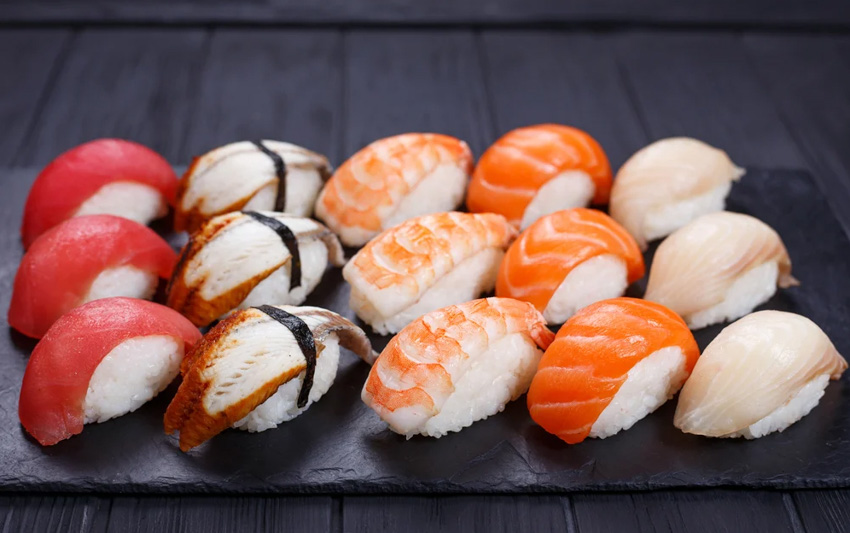
Maguro (tuna), unagi (grilled eel), ebi (shrimp), sake (salmon) & hamachi (yellowtail)
Maguro (Tuna): The superstar of the sushi world, maguro nigiri is a must-try. Enjoy the rich, buttery flavor of the red or fatty bluefin tuna.
Unagi (Grilled Eel): Indulge in the sweet and savory delight of unagi nigiri, where the tender, grilled eel is glazed with a delectable sauce.
Ebi (Shrimp): Delicate and slightly sweet, ebi nigiri showcases the natural sweetness of shrimp, often served slightly seared or raw.
Sake (Salmon): Sake nigiri offers a delightful balance of rich flavor and buttery texture, making it a go-to choice for many sushi lovers.
Hamachi (Yellowtail): With its firm texture and clean, mild taste, hamachi nigiri is a crowd-pleaser that will leave you wanting more.
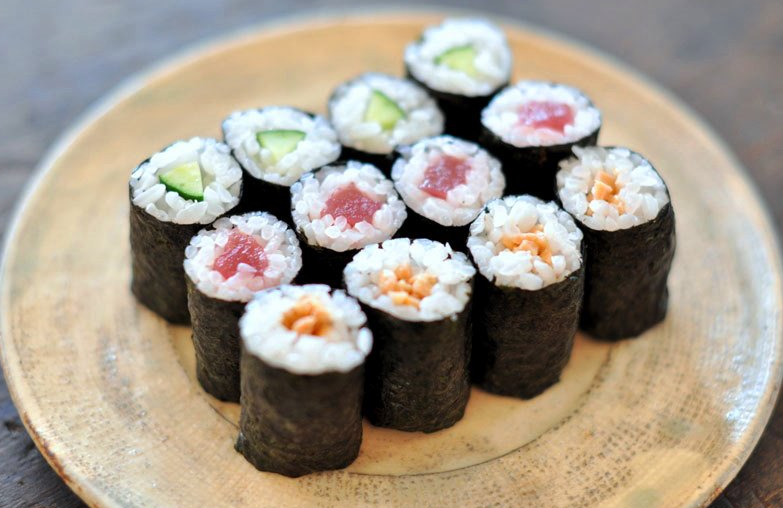
Maki: Maki sushi is what you typically imagine when you think of sushi rolls. It involves wrapping a sheet of seaweed (nori) around vinegared rice and various fillings such as fish, vegetables, or even tempura. These rolls are then sliced into bite-sized pieces.
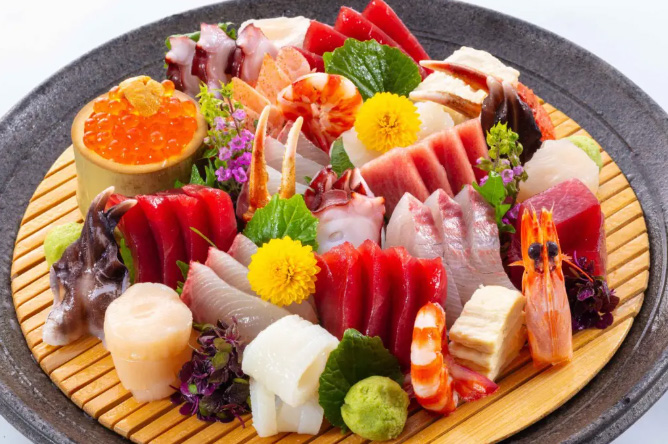
Sashimi: While not technically sushi, sashimi is a must-try for seafood lovers. It consists of thinly sliced raw fish or seafood served without rice. The focus here is purely on the quality and freshness of the ingredients.
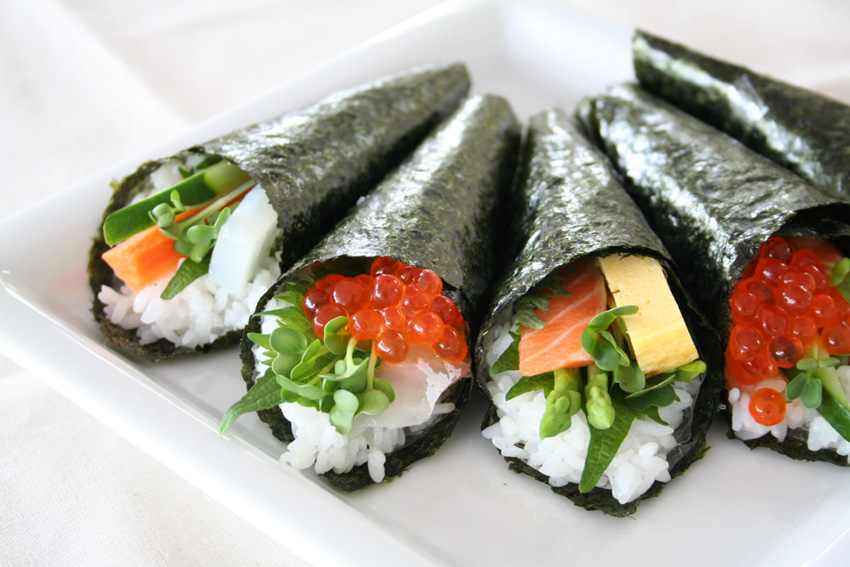
Temaki: Temaki sushi, also known as hand rolls, are cone-shaped sushi rolls made by wrapping seaweed around rice and fillings. They are often enjoyed as a casual and interactive dining experience.
KAITENSUSHI v/s PREMIUM SUSHI
In Japan, you'll encounter two distinct types of sushi experiences: kaiten sushi and high-end sushi restaurants. Let's take a look at what sets them apart:
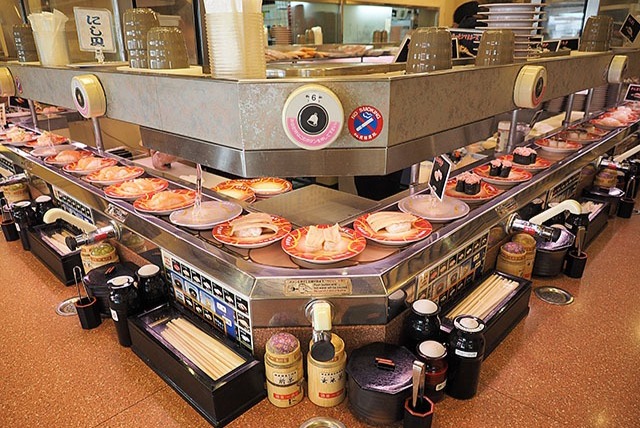
Kaiten Sushi: If you're looking for a budget-friendly option without compromising on flavor, kaiten sushi is the way to go. At these conveyor belt sushi joints, you'll find plates of sushi rotating around the restaurant. Simply grab what catches your eye and enjoy. It's a fun and casual way to sample a wide variety of sushi at affordable prices. Some of the most visited kaiten sushi chain stores in Japan are Kurasushi, Sushiro and Daiki-suisan.
Even though most tourists might just grab the plates from the conveyorbelt at kaiten sushi, ordering from the menu is acutually what many locals prefer to do. This ensures the dish is fresh and hasn't been sitting on the belt for a long time. Recently, many restaurants use the belt to show the menu items and then customers use a tablet or their own phone to order. The delivery can be quite interesting at some places:
PREMIUM SUSHI (counter sushi)
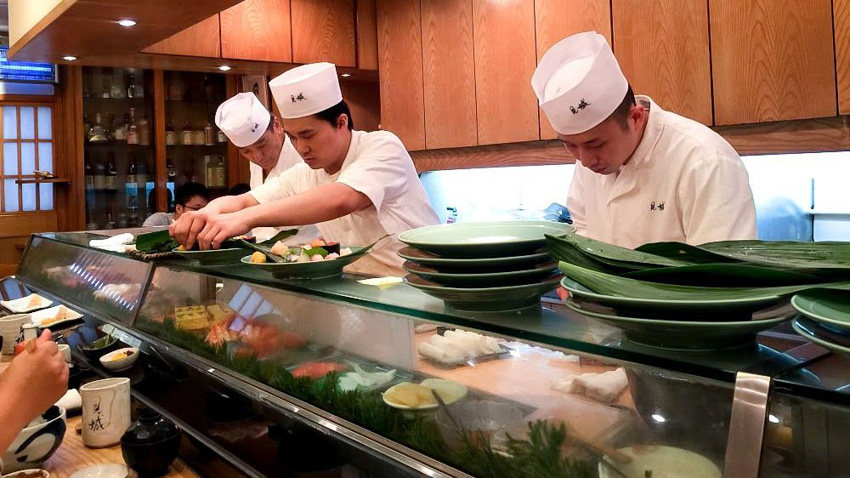
Premium Sushi: On the other end of the spectrum, Japan boasts some of the world's finest sushi restaurants. These establishments emphasize the artistry, craftsmanship, and exceptional quality of their ingredients. Skilled sushi chefs dedicate years to perfecting their craft, selecting the freshest fish, and pairing them with the most exquisite flavors. Prepare yourself for an extraordinary dining experience, but be aware that it often comes with a hefty price tag.
The Art of Eating Sushi: A Brief Etiquette Guide
When enjoying sushi in Japan, it's important to respect the cultural customs and etiquette that surround this culinary tradition. Here are a few pointers to keep in mind:
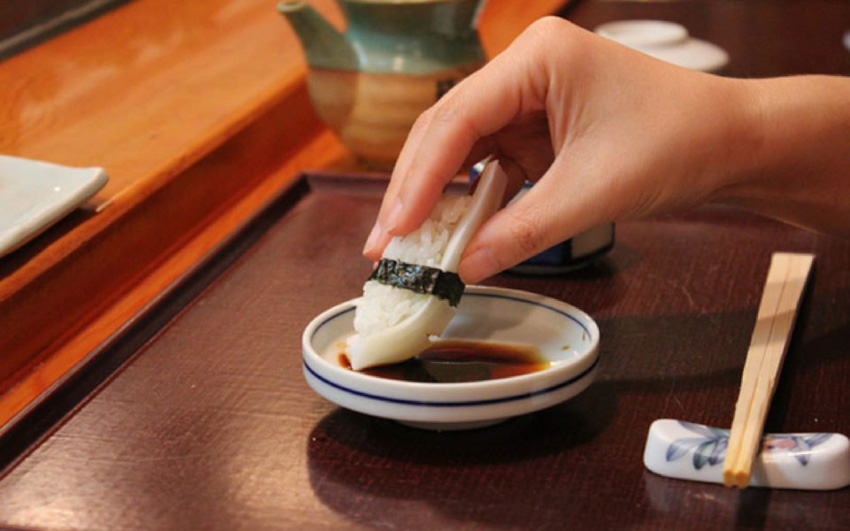
Chopstick Wisdom: Sushi is typically eaten with chopsticks, but don't fret if you're not an expert. It's perfectly acceptable to use your hands for certain types of sushi like nigiri or temaki. Just remember to be gentle and avoid excessive dipping in soy sauce, as it can overpower the delicate flavors.
Soy Sauce Dilemma: Dip your sushi into soy sauce fish-side down to let the rice absorb a modest amount. Avoid drenching it completely, as it can mask the natural taste of the fish and overwhelm your palate
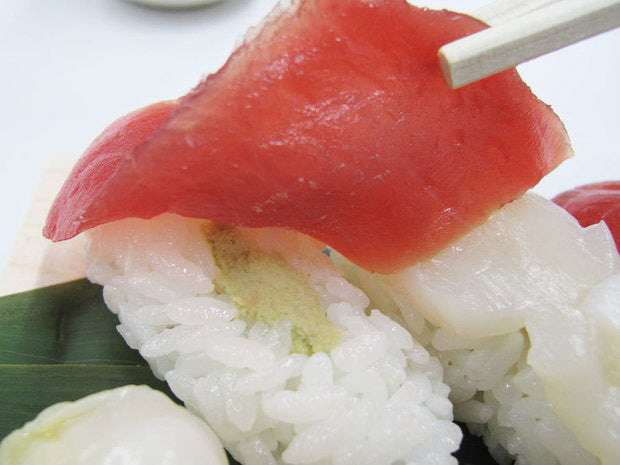
Wasabi Whims: In traditional sushi bars, the sushi chef adds wasabi to nigiri before serving. If you're not a fan of wasabi's fiery kick, it's okay to ask for less or none at all. However, do give it a try, as the balance of flavors is carefully crafted by the chef.

Bite-sized Bliss: Sushi is meant to be savored in one bite. By doing so, you'll experience the perfect combination of flavors and textures in every mouthful.
FAQs: Some of Your Sushi Questions Answered
Q: Is it okay to mix wasabi with soy sauce?
A: In Japan, it's generally preferred to avoid mixing wasabi and soy sauce. Instead, apply a small amount of wasabi directly onto the sushi before dipping it into soy sauce. That said, eating at a kaiten sushi or similar, no one will raise an eyebrow if you do put wasabi in or on the side of the soy sauce dish.
Q: Can I ask for additional toppings or substitutions?
A: In high-end sushi restaurants, it's customary to trust the chef's expertise. However, some kaiten sushi places offer a selection of toppings and fillings for customization.
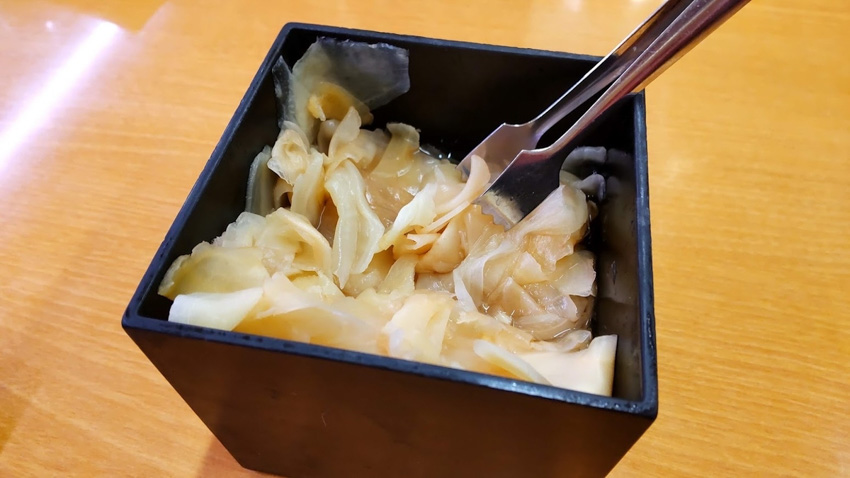
Q: Should I eat the pickled ginger with sushi?
A: Pickled ginger (gari) is meant to be eaten between different types of sushi to cleanse the palate. It's not typically eaten together with sushi.
Q: Can I use my fingers to eat sushi rolls?
A: Absolutely! Sushi rolls (maki) can be enjoyed with your hands or chopsticks, whichever you find more comfortable. The traditional way of eating sushi is actually with your fingers. Still today in premium sushi restaurants, this is not uncommon.
Q: What if I don't eat raw fish?
A: Though sushi restaurants in Japan offer a wide range of options, including cooked fish, vegetables, and even vegetarian sushi, some premium counter seat style sushi establishments might be better to skip, but do check the menu first. Kaiten sushi restaurants will typically always have a wide selection of food, not only based on raw fish.
Savor Every Sushi Moment
As you embark on your Japanese adventure, remember that sushi is more than just a meal—it's a sensory experience that connects you to the rich tapestry of Japanese culture. So, go forth, explore the diverse types of sushi, and immerse yourself in the magic of this mouthwatering delicacy. Get ready to indulge your taste buds like never before!
Have a fantastic sushi-filled journey in Japan, and bon appétit!

